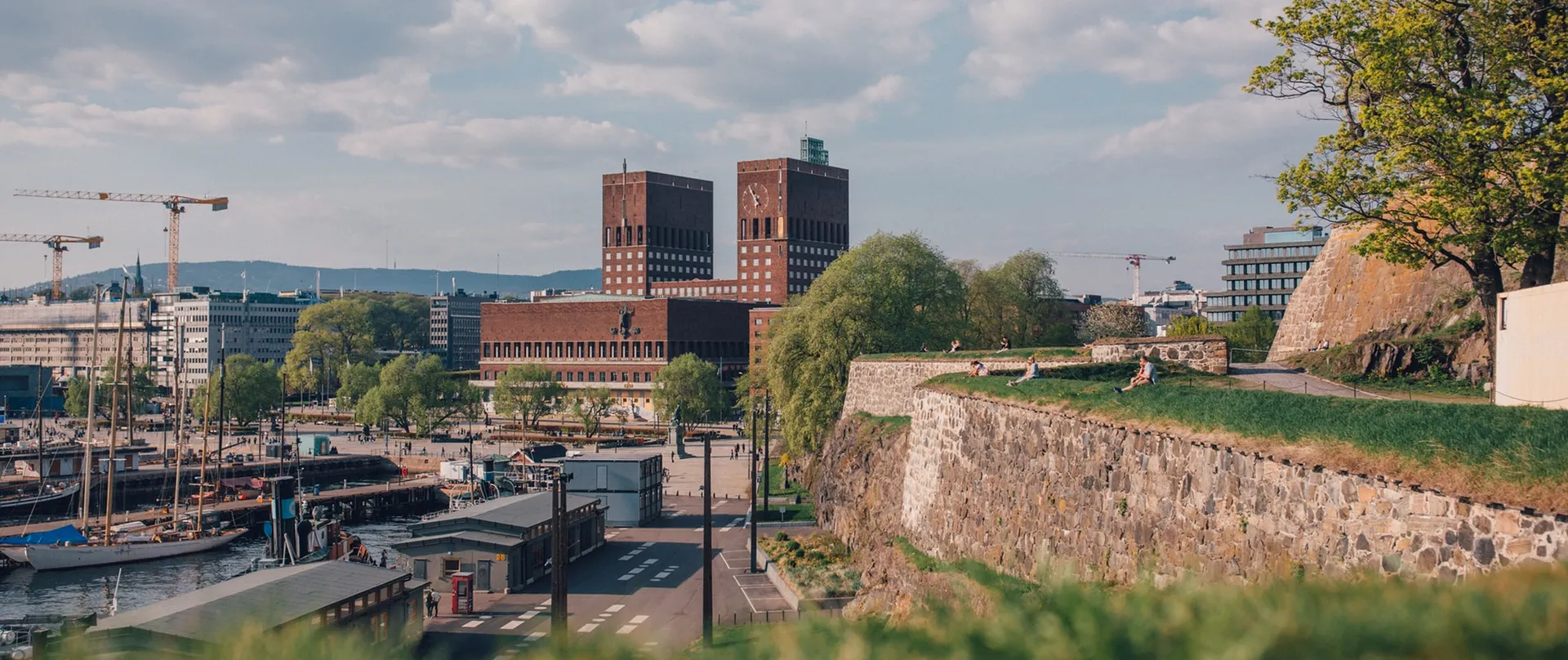OBOS

Building the society of the future
OBOS was established in 1929 and has become Norway’s largest constructor of residential homes. Today, OBOS has over 450.000 members and 90.000 apartments in its portfolio. The company offers a wide variety of services where the main focuses lay on development, production and sales of homes and apartments.
Customer
OBOS
Year
2018–now
Responsibilities
UX Design
Development
Information Architecture
Headless CMS
Project Management
Areas
CMS Service Platform

The assignment
We are living in a world that becomes increasingly digitized, and OBOS has experienced the need to develop more efficient and digital services and solutions that will provide a better experience and increase the member count. The company is in a unique position when looking at size and marked position, but with a content management system (CMS) which is updated. Furthermore, it was both complex and inefficient when most content came from other sources and websites.
The company has grown and developed rapidly, where they have first-handedly experienced the demand for complementary services, also outside of Norway. With that, they have established a similar practice in the neighboring country Sweden. For Norwegians, OBOS is a strong and well-known brand. With this, OBOS wants to increase and strengthen their current position with higher traction and awareness in order to enhance their members count and build more residential homes for the society of the future.
Tasks from OBOS:
- Design and form a new concept and technical architecture for the main site Obos.no
- Develop an updated and more functional CMS
- Strengthen the company’s digital ecosystem in order to boost integration possibilities and improve user experience across all digital websites and other services.

Technology and deliverables
Technology stack: Azure Functions, CosmosDB, Elasticsearch, ServiceBus, API Management on Episerver, .NET and Azure.
- First project published: OBOS

Results
OBOS har received a new and innovative CMS with an open and flexible architecture. Each modul has obtained their own infrastructure through independent microservices, resulting in increased convenience when it comes to change, alternate or add to the solution when new functionalities are needed. The solution Forte Digital has built is using Azure Functions, CosmosDB and API Management. There is also a CMS (Episerver headless) attached to the architecture in order to provide strcture and navigation assistance. All services in the platform are bundled together in a Vue.js web application, where Episerver is selected as the CMS. With this, it’s easier to change out modules while providing a more operational and overall effective structure.
OBOS has attained better control and overview of their data and content from all the different internal data sources within the company. This makes it easier to develop bedre and more relevant services which opens up for more personalisation. The new CMS will manage all types of content across all digital channels, and also be compatible on both desktop and mobile.

Success factors
Increased ownership in the development process: More ownership has been given to OBOS throughout the work on the different projects. This is due to that they have been more involved in the development process, which the company has appreciated and viewed as important thus far.
Preparations for a more significant digital future: OBOS was clear from the start about the aspirations to prepare for a new and digital future by building more flexible and robust digital platforms. Forte Digital has had an important role within a team that consists of consultants and stakeholders from different companies, where the people have collectively worked together with the given tasks.